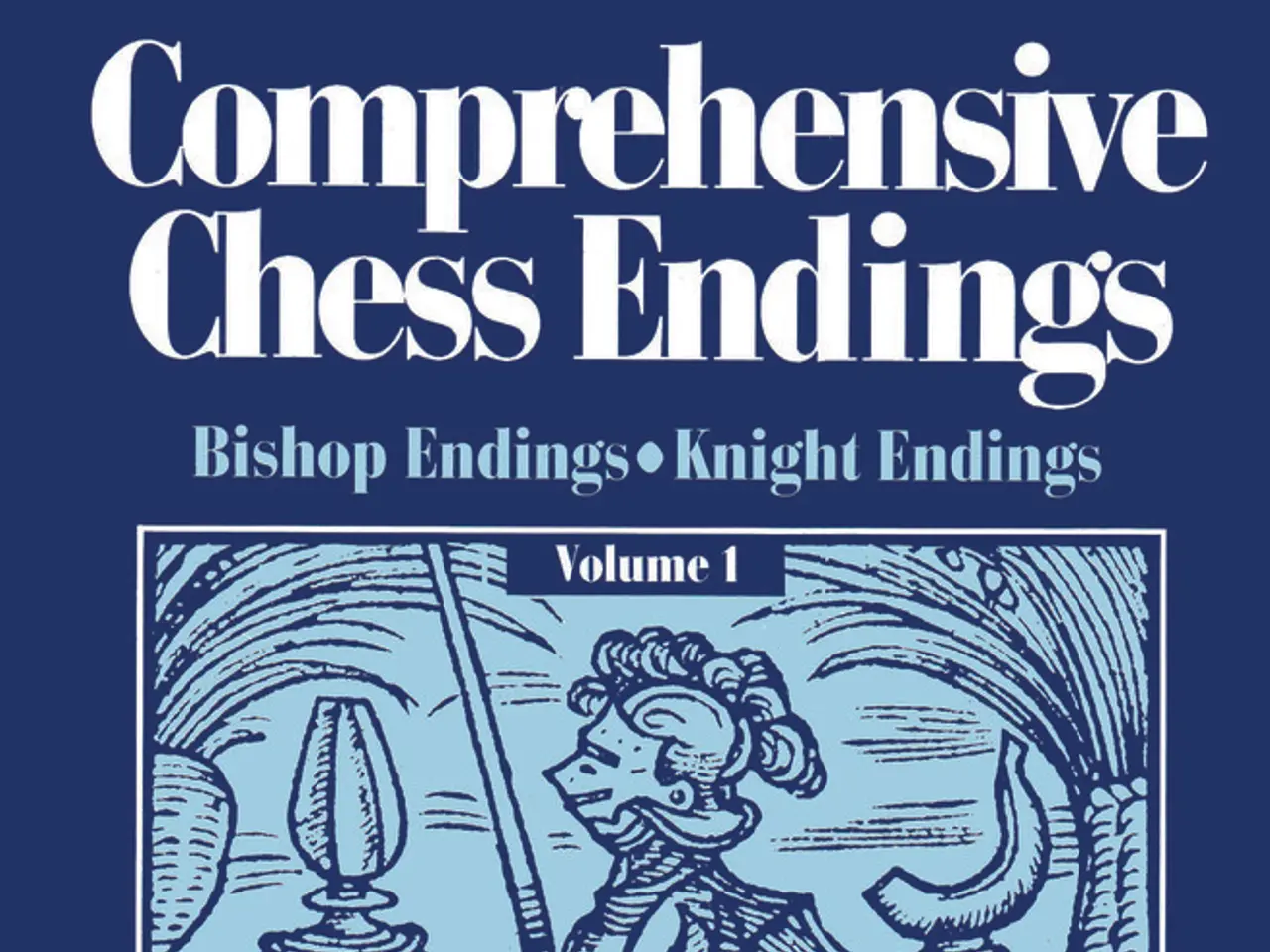Overview on Literature Relationship Analysis
Writing a Compelling Research Question for a Literature Review
Conducting a literature review is a crucial step in academic research, and formulating a compelling research question is the foundation upon which this process rests. A well-crafted research question sets the focus of the literature search, helps to answer questions related to the research, and identifies gaps in the existing literature that can be explored further.
To create a meaningful research question, start with a broad topic of interest and narrow it down through preliminary exploratory searches. Use question starters such as "How," "Why," "What," or "Which" to elicit open-ended inquiry. The question should be clear, focused, and researchable, meeting the FINER criteria - Feasible, Interesting, Novel, Ethical, and Relevant to your field.
Choosing or adapting a framework, such as PICO (Population, Intervention, Comparison, Outcome) for clinical topics, or others like PEO (Population, Exposure, Outcome) for qualitative questions, helps define search variables and scope. The research question should be complex and arguable, neither too broad nor too narrow, making it suitable for synthesis rather than generating new primary data.
For example, a research question might ask, "How does parental postnatal depression affect the daily living experiences of mothers?" (Qualitative, using PEO) or "Are intranasal steroids more effective than oral antihistamines for controlling allergic rhinitis in adults?" (Clinical comparative, using PICO).
A well-structured and planned literature review provides context for the research project, demonstrates a thorough understanding of existing research, and identifies gaps that the study aims to fill. Begin by outlining the scope of the investigation by considering a significant time period, geographical region, and specific central theme or themes most relevant to the study.
Identifying key theoretical concepts is crucial for the literature review, as these concepts will be the focus of the analysis. Using tools like synthesis matrices, conceptual maps, and software tools (such as Web's Paper Search 2.0, EndNote, Mendeley, or Zotero) can help manage references and notes efficiently.
To ensure a comprehensive and insightful literature review, it's important to start early, stay organized, and critically evaluate sources. A research journal helps track progress and organize ideas, fostering reflexivity. Regularly recording progress and insights in a research journal helps maintain momentum and ensures no important details are overlooked.
Critically evaluating sources to determine their relevance and quality is essential in a literature review. Maintaining a research journal is essential for documenting thoughts, questions, and observations throughout the research process. A well-defined conceptual framework ensures that the search and study remain focused and provides a basis for incorporating existing theories and knowledge. The conceptual framework outlines key concepts, variables, and relationships relevant to the research. Conceptual frameworks can be developed using various approaches, such as listing all concepts relevant to the research question or adapting theoretical models from existing literature.
In summary, a compelling research question for a literature review balances specificity with scope, is grounded in existing literature gaps, follows a recognized framework, and directs systematic inquiry for evidence synthesis.
The process of conducting a literature review can be enhanced by utilizing online education platforms like Web's Paper Search 2.0, EndNote, Mendeley, or Zotero for organizing references and notes efficiently. These software tools facilitate the learning aspect of literature research, thereby enriching self-development in education-and-self-development domains.
To ensure a comprehensive review, one must engage in continuous learning through evaluating the quality of sources and maintaining a research journal, which aids in reflexivity and keeps track of important insights related to the software utilized for the literature review.




